

Articles
How To Dice Vegetables With A Food Processor
Modified: October 20, 2024
Learn how to dice vegetables easily and efficiently with a food processor. Check out our informative articles on this essential kitchen skill.
(Many of the links in this article redirect to a specific reviewed product. Your purchase of these products through affiliate links helps to generate commission for Storables.com, at no extra cost. Learn more)
Introduction
As cooking enthusiasts, we all know how time-consuming and tedious it can be to dice vegetables by hand. Fortunately, with the help of a food processor, this task can be accomplished in a fraction of the time and with much more precision. A food processor is a versatile kitchen appliance that can simplify various cooking tasks, including dicing vegetables.
In this article, we will explore the benefits of using a food processor to dice vegetables, guide you through the process step-by-step, and provide some tips for achieving perfectly diced vegetables every time. So, whether you’re preparing a hearty stir-fry, a delicious salsa, or a nutritious salad, using a food processor to dice your vegetables will save you time and effort while ensuring consistent and uniform results.
Let’s dive into the world of food processors and discover how they can revolutionize your vegetable dicing experience!
Key Takeaways:
- Save time and achieve uniform results by using a food processor to dice vegetables. Enjoy the convenience, precision, and versatility it offers, elevating your culinary experience to new heights.
- Choose the right food processor, prepare vegetables properly, and follow simple steps to achieve perfectly diced vegetables every time. Practice and experiment to master the art of vegetable dicing with a food processor.
Read more: How To Store Diced Potatoes
Benefits of Using a Food Processor to Dice Vegetables
Dicing vegetables is an essential task in many recipes, and using a food processor can offer several advantages over manual methods. Here are some of the key benefits:
- Time-Saving: Dicing vegetables by hand can be labor-intensive and time-consuming. A food processor can drastically reduce the time needed for this task, allowing you to focus on other aspects of your meal preparation.
- Consistency and Uniformity: Achieving consistent and uniform vegetable dice sizes can be challenging when dicing by hand. A food processor ensures that all the vegetable pieces are evenly diced, resulting in a beautifully presented dish.
- Efficiency: Food processors are designed to handle large quantities of ingredients at once. This makes them ideal for dicing a large volume of vegetables, such as when preparing meals for a large gathering or meal prepping for the week ahead.
- Precision: Food processors come with various slicing and dicing attachments, allowing you to choose the desired dice size for your vegetables. Whether you prefer a fine dice or a larger chop, a food processor can accommodate your specific preferences.
- Ease of Use: Operating a food processor is straightforward and requires minimal effort. Simply load the vegetables into the processor, select the appropriate blade, and let the machine do the work for you.
- Versatility: While primarily used for dicing vegetables, food processors can handle a wide range of tasks. From chopping, slicing, pureeing, and even kneading dough, a food processor is a versatile kitchen tool that can streamline multiple cooking processes.
By utilizing a food processor to dice your vegetables, you can undoubtedly amplify your culinary capabilities and elevate your cooking to new heights. Whether you’re a professional chef or a home cook, the benefits of using a food processor are undeniable.
Choosing the Right Food Processor for Dicing Vegetables
When selecting a food processor specifically for dicing vegetables, there are several factors to consider. Here’s a guide to help you choose the right food processor for your needs:
- Capacity: Determine the amount of vegetables you typically dice in one go. If you frequently prepare large quantities, opt for a food processor with a larger bowl capacity to ensure you can process your vegetables efficiently.
- Power: Look for a food processor with a powerful motor to handle tough vegetables effortlessly. A higher wattage ensures efficient and quick chopping, giving you consistent results.
- Blade Options: Check the available blade attachments that come with the food processor. Look for a processor with specific blades designed for dicing vegetables. Some food processors include multiple blades with different sizes and shapes, offering versatility for various dice styles.
- Control Features: Consider the control options offered by the food processor. Look for features like pulse function, variable speed settings, and a pause button, which provide more control over the dicing process and allow you to achieve the desired consistency.
- Easy Cleaning: Opt for a food processor that is easy to clean. Dishwasher-safe parts and removable blades make the cleaning process quick and hassle-free.
- Sturdy Build: Ensure that the food processor is made of durable materials that can withstand the pressure of dicing harder vegetables. A sturdy construction will ensure the longevity of the machine.
- Brand and Reviews: Consider the reputation of the brand and check customer reviews to gain insights into the performance and reliability of the food processor you’re considering. This helps you make an informed decision and choose a reliable product.
By considering these factors, you can find a food processor that is specifically designed for dicing vegetables, ensuring that you have a reliable and efficient tool for your culinary adventures.
Preparing Vegetables for Dicing
Before you start using your food processor to dice vegetables, it’s important to properly prepare them for the process. Here are a few steps to follow:
- Wash the Vegetables: Rinse the vegetables thoroughly under running water to remove any dirt or debris. This step is essential to ensure the cleanliness and safety of your diced vegetables.
- Peeling (if necessary): Depending on the specific recipe or your personal preference, you may need to peel the vegetables before dicing. For example, carrots, potatoes, and some squash varieties are typically peeled.
- Trimming: Trim the ends or any blemishes from the vegetables using a sharp knife. This step ensures that you have a clean and uniform surface to work with.
- Cutting into Manageable Pieces: Depending on the size of your food processor’s feed tube, you may need to cut the vegetables into smaller, manageable pieces. This will ensure that they fit into the food processor and can be processed efficiently.
- Uniformity: To achieve consistent results, ensure that all the vegetable pieces are cut to a similar size. This helps to ensure even dicing during the processing stage.
- Drying: Pat the vegetables dry with a clean kitchen towel or paper towels to remove excess moisture. This step is important as it helps prevent the vegetables from becoming mushy during the dicing process.
Following these steps will help you prepare your vegetables for optimal dicing results. Once your vegetables are prepped and ready, you can proceed to the next steps in using your food processor to dice them.
When dicing vegetables with a food processor, make sure to cut the vegetables into uniform-sized pieces before processing to ensure even dicing. This will help to achieve consistent results and prevent over-processing.
Steps to Dice Vegetables with a Food Processor
Using a food processor to dice vegetables is a simple process that can be broken down into the following steps:
- Attach the Dicing Blade: Start by selecting the appropriate dicing blade for your desired dice size. Attach the blade securely onto the food processor according to the manufacturer’s instructions.
- Load the Vegetables: Place the prepared vegetables into the food processor’s feed tube. It’s important not to overload the processor, as this can affect the dicing process and result in uneven dice sizes. It’s better to work in small batches if needed.
- Lock the Lid: Ensure that the food processor’s lid is securely locked in place before you begin processing. Most food processors have a safety mechanism that prevents the motor from running if the lid is not properly locked.
- Pulse or Process: Depending on your food processor’s settings, you may have the option to pulse or process continuously. Pulse in short bursts if you want more control over the size of the dice, or process continuously for a uniform dice size. Follow the manufacturer’s instructions for the specific model you’re using.
- Monitor the Progress: Keep an eye on the vegetables as they are being diced. You can take a peek through the food processor’s lid or remove the lid momentarily to check the progress. This will help you determine if the vegetables have been diced to your desired size.
- Empty the Processor: Once the vegetables are diced to your satisfaction, turn off the food processor and carefully remove the lid. Empty the diced vegetables into a bowl or container, ready to be used in your recipe.
- Repeat if Necessary: If you have more vegetables to dice, repeat the process until all the vegetables are diced to your desired size.
By following these steps, you can efficiently and effectively use your food processor to dice vegetables. It’s important to adjust your processing time based on your desired dice size and the specific texture of the vegetables you’re working with.
Read more: How To Chop With A Food Processor
Tips for Achieving Perfectly Diced Vegetables
While using a food processor to dice vegetables can simplify the process, there are a few tips to keep in mind to ensure you achieve perfectly diced vegetables every time:
- Choose Fresh Vegetables: Fresh vegetables yield better results when diced. They are crisper and easier to cut, resulting in cleaner and more uniform dice.
- Use Uniform-Sized Pieces: Aim to cut your vegetables into uniform-sized pieces before loading them into the food processor. This helps ensure that the vegetables are processed evenly and result in evenly diced pieces.
- Don’t Overfill the Food Processor: It’s important not to overload the food processor with too many vegetables at once. This can lead to uneven dicing and affect the overall performance of the processor. Work in small batches if necessary.
- Monitor Processing Time: Keep an eye on the processing time to avoid over-processing the vegetables. The longer the vegetables are processed, the smaller the dice will become. Check on them periodically to achieve your desired dice size.
- Pay Attention to Texture: Different vegetables have different textures, and this can impact how they dice in the food processor. Harder vegetables like carrots may require a longer processing time, while softer vegetables like tomatoes may need shorter bursts to avoid becoming mushy.
- Adjust Blade Speed and Pressure: Experiment with different blade speeds and the pressure you apply to the feed tube. Higher speeds and gentle pressure can result in larger dice, while lower speeds and firmer pressure can create smaller and finer dice.
- Keep the Processor and Blade Sharp: Regularly clean and maintain your food processor to ensure it stays in optimal condition. A dull blade can result in uneven dicing and may require more processing time.
- Practice and Experiment: Dicing vegetables with a food processor may take a bit of practice to achieve your preferred dice size. Experiment with different vegetables, blade settings, and processing times to find the perfect combination that suits your taste and recipe needs.
By following these tips, you can improve your vegetable dicing skills and consistently achieve perfectly diced vegetables using your food processor. With a little practice and experimentation, you’ll become a pro at dicing vegetables in no time!
Cleaning and Maintaining Your Food Processor
Proper cleaning and maintenance of your food processor are essential to ensure its longevity and continued performance. Here are a few tips to keep your food processor in pristine condition:
- Safety First: Before cleaning your food processor, always unplug it from the power source to prevent any accidents.
- Disassemble the Parts: Take apart the different components of your food processor, including the bowl, lid, blades, and pushers. Refer to the manufacturer’s instructions to ensure you disassemble the parts correctly.
- Hand Wash or Dishwasher: Most food processor parts are dishwasher-safe, but it’s always a good idea to check the manufacturer’s guidelines. If dishwasher-safe, place the parts in the dishwasher for a thorough cleaning. Alternatively, you can wash them by hand in warm, soapy water.
- Remove Stuck-On Food: For any stubborn food residue stuck on the blades or in the bowl, use a brush or a non-abrasive sponge to scrub it off. Avoid using harsh abrasives that can damage the surfaces.
- Dry Thoroughly: After washing, dry all the components completely before reassembling your food processor. Moisture can lead to mold or bacteria growth.
- Wipe the Motor Base: Use a damp cloth to wipe down the motor base of the food processor. Ensure the base is completely dry before plugging it back in or storing it.
- Store Properly: When not in use, store your food processor in a clean and dry area. Keep the blades and other accessories stored together to prevent misplacing them.
- Regular Blade Sharpening: Over time, the blades of your food processor may become dull. Refer to the manufacturer’s instructions on how to sharpen or replace the blades to maintain optimal performance.
- Inspect for Wear and Tear: Regularly inspect your food processor for any signs of wear or damage. If you notice any issues, contact the manufacturer for assistance or consider having the appliance serviced by a professional.
By following these cleaning and maintenance practices, you can keep your food processor in excellent condition, ensuring its longevity and continued performance for many delicious meals to come!
Conclusion
Using a food processor to dice vegetables can be a game-changer in your kitchen. Not only does it save you time and effort, but it also ensures consistent and uniform results. By choosing the right food processor, properly preparing your vegetables, and following the steps outlined, you can achieve perfectly diced vegetables every time.
The benefits of using a food processor for dicing vegetables are numerous. It saves you valuable time in the kitchen, provides precise and uniform results, and offers versatility for various cooking tasks. Whether you’re a professional chef or a home cook, a food processor is an essential tool for making your culinary endeavors more efficient and enjoyable.
However, it’s important to remember that practice makes perfect when it comes to dicing vegetables with a food processor. Experiment with different vegetables, blade attachments, and processing times to find the perfect combination that suits your preferences.
In addition to dicing vegetables, don’t forget to properly clean and maintain your food processor. Regular cleaning, blade sharpening, and inspections ensure its longevity and continued performance.
So, the next time you’re faced with the task of dicing vegetables, let your food processor do the work for you. Enjoy the convenience, precision, and efficiency it offers, and elevate your cooking to new heights.
Invest in a reliable food processor, perfect your vegetable preparation techniques, and let the dicing begin! Your meals will be transformed with beautifully diced vegetables, all thanks to the power of your food processor.
Frequently Asked Questions about How To Dice Vegetables With A Food Processor
Was this page helpful?
At Storables.com, we guarantee accurate and reliable information. Our content, validated by Expert Board Contributors, is crafted following stringent Editorial Policies. We're committed to providing you with well-researched, expert-backed insights for all your informational needs.
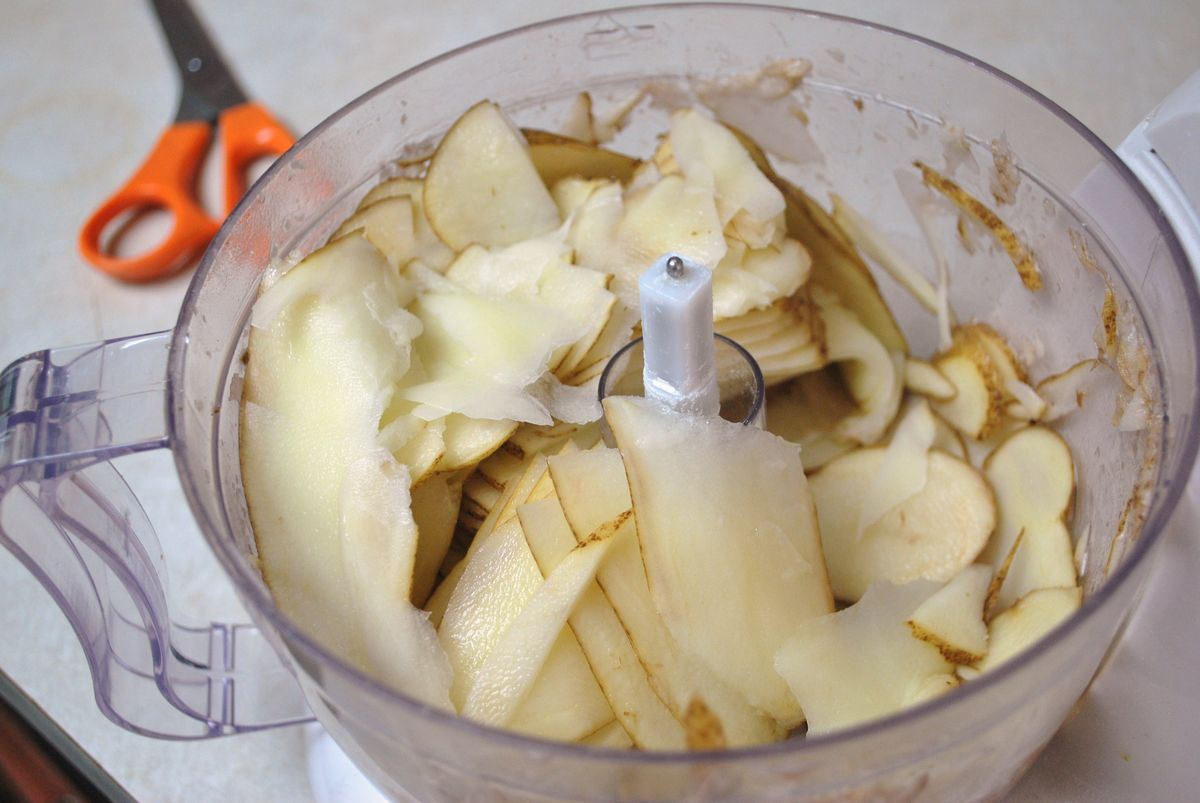
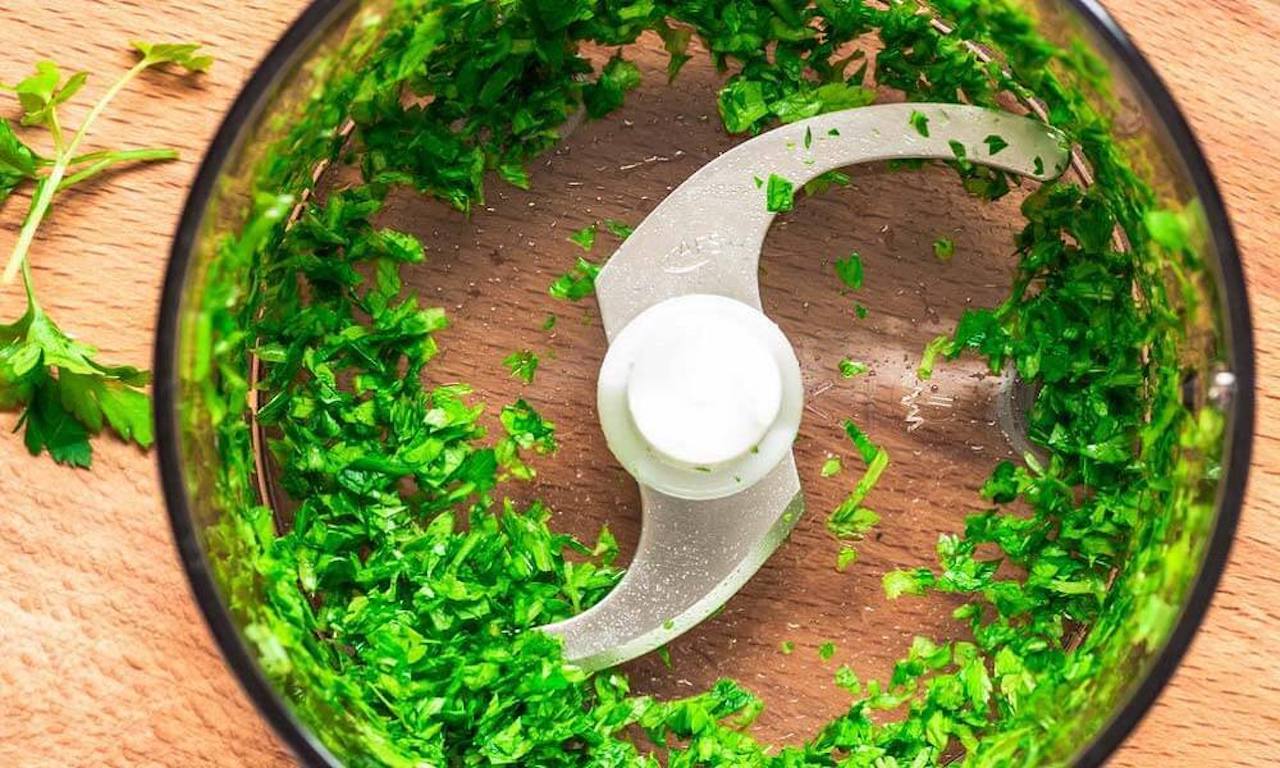
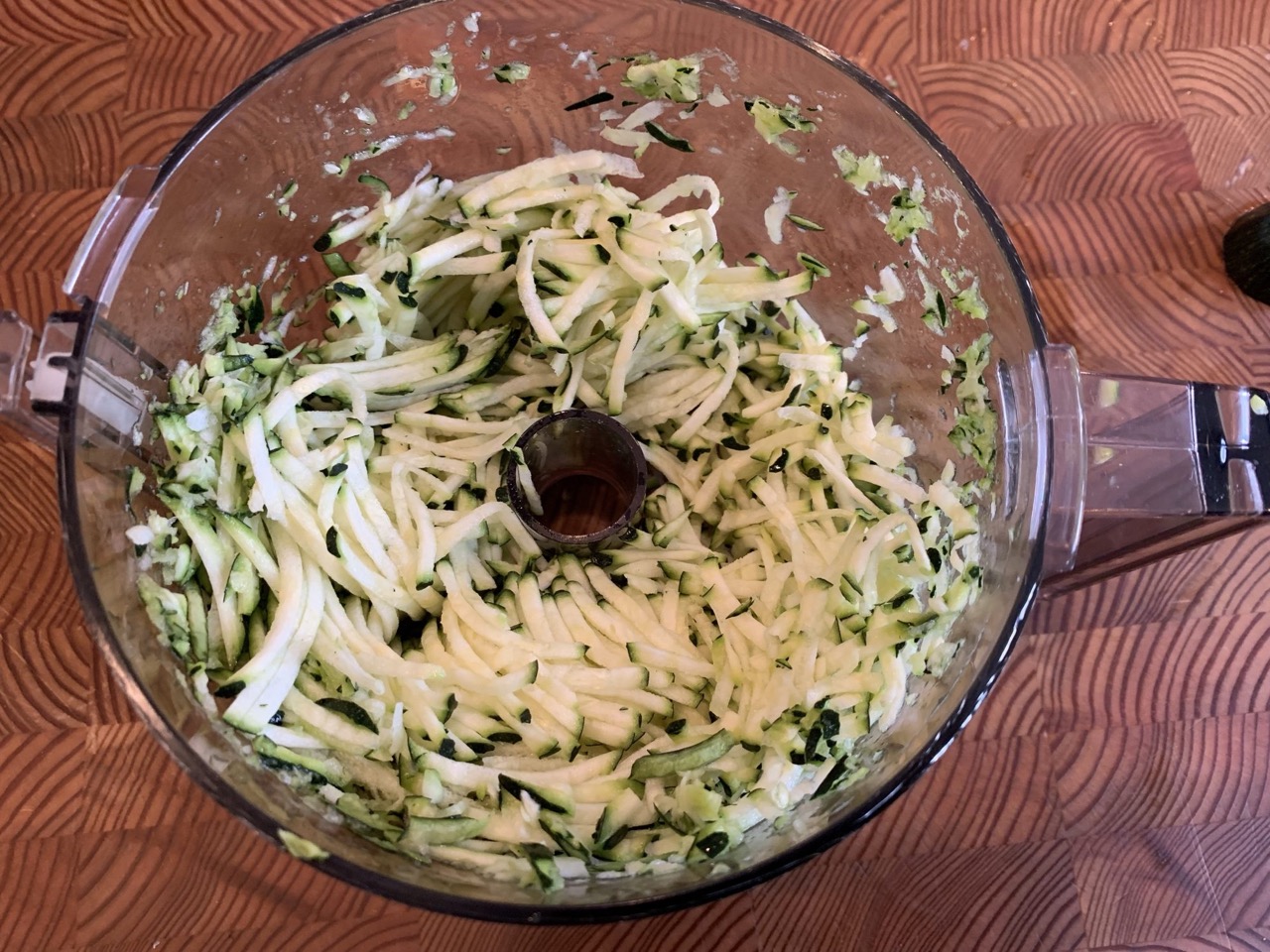
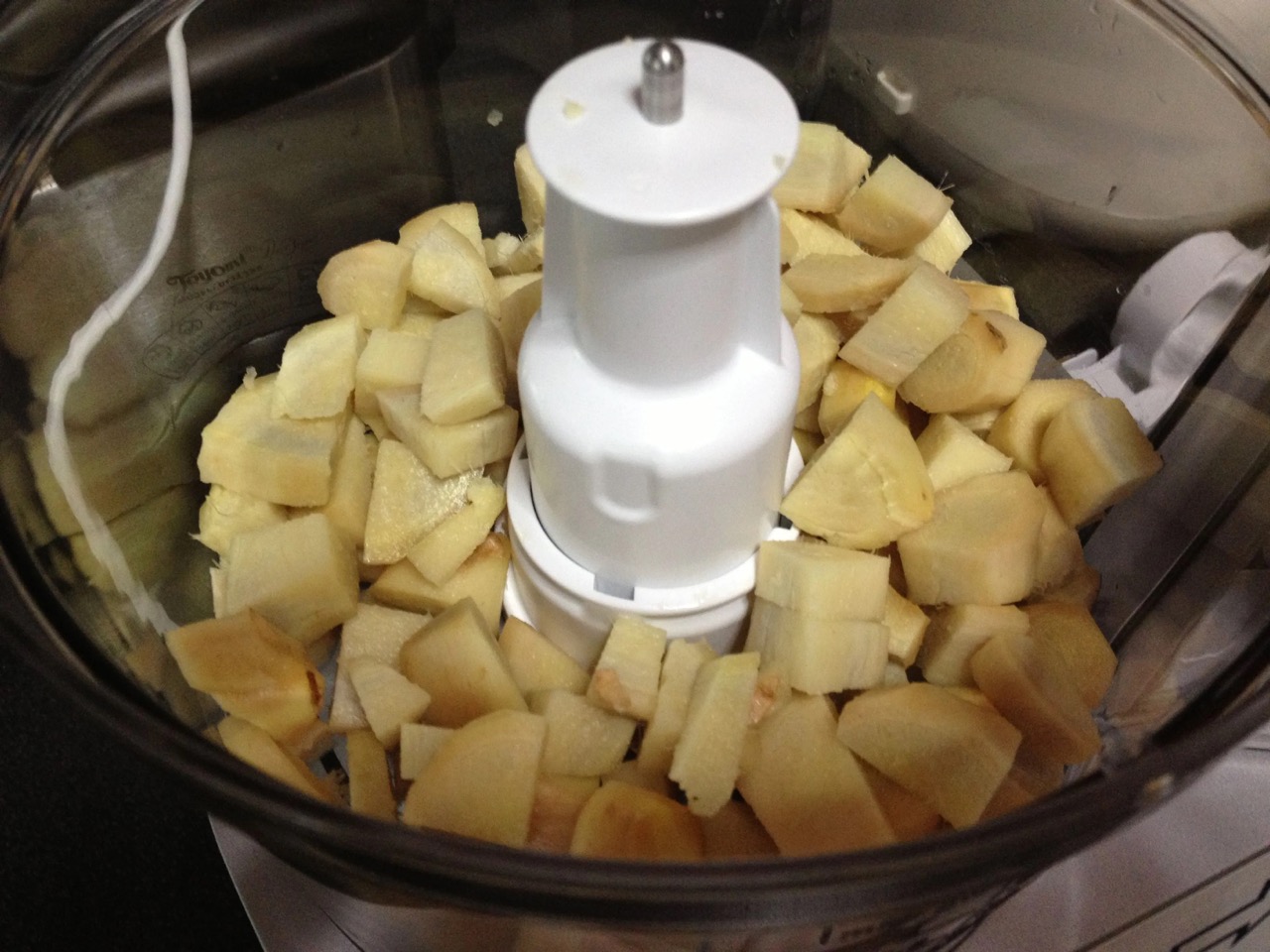
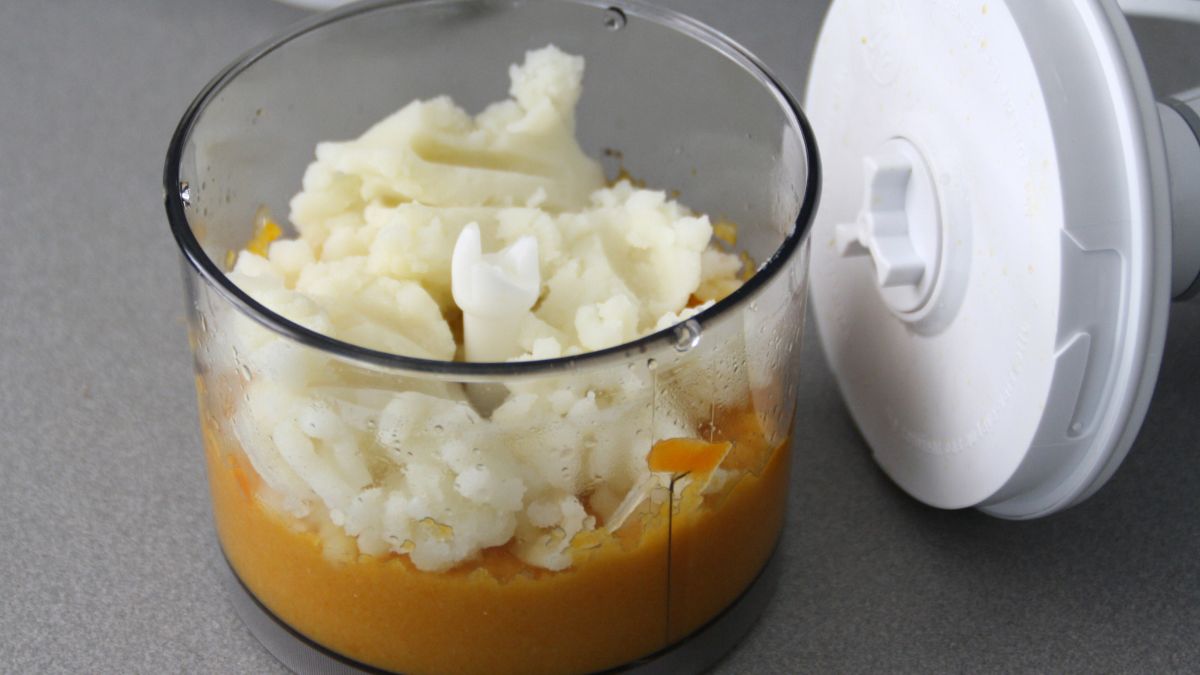

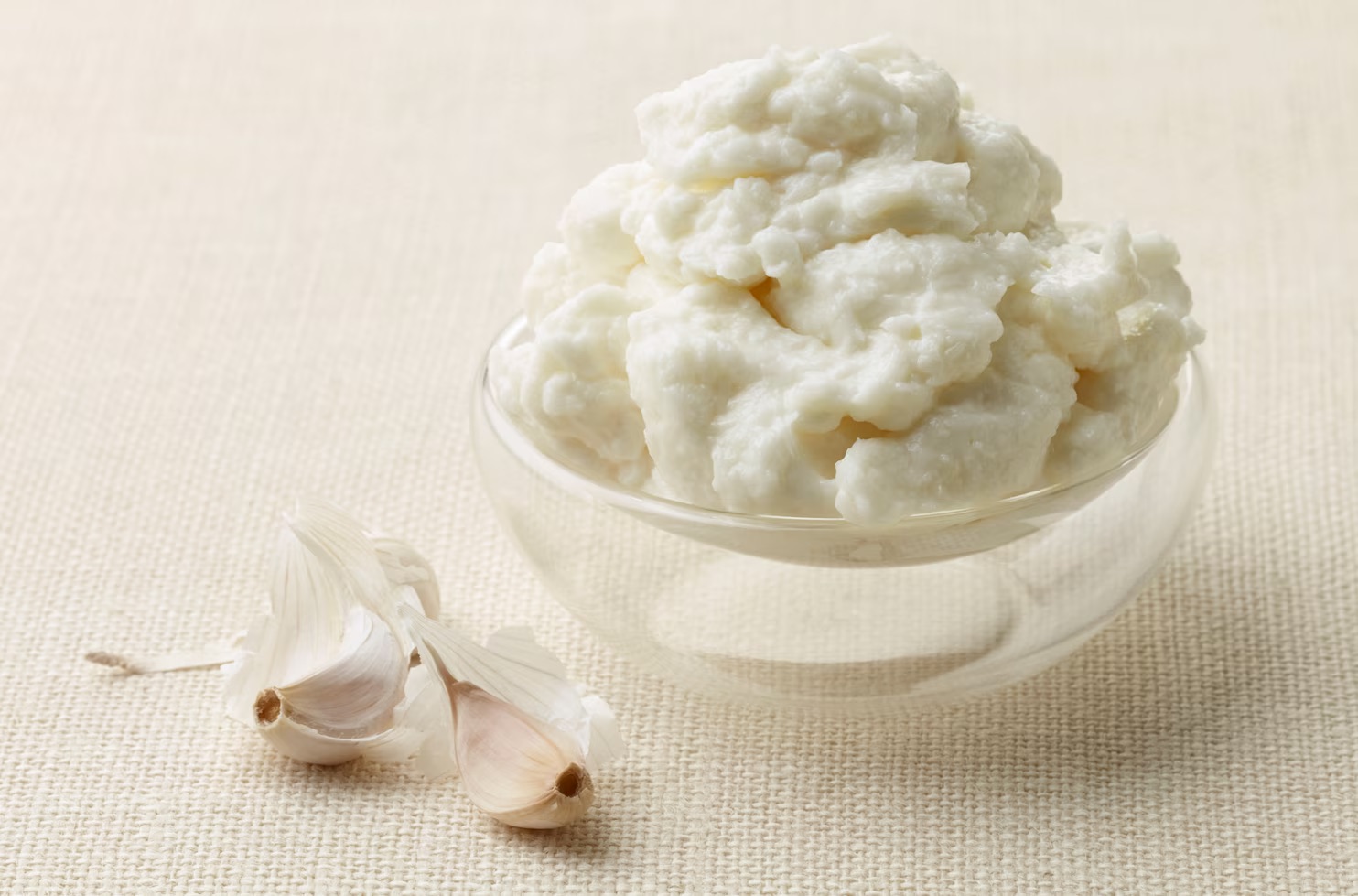

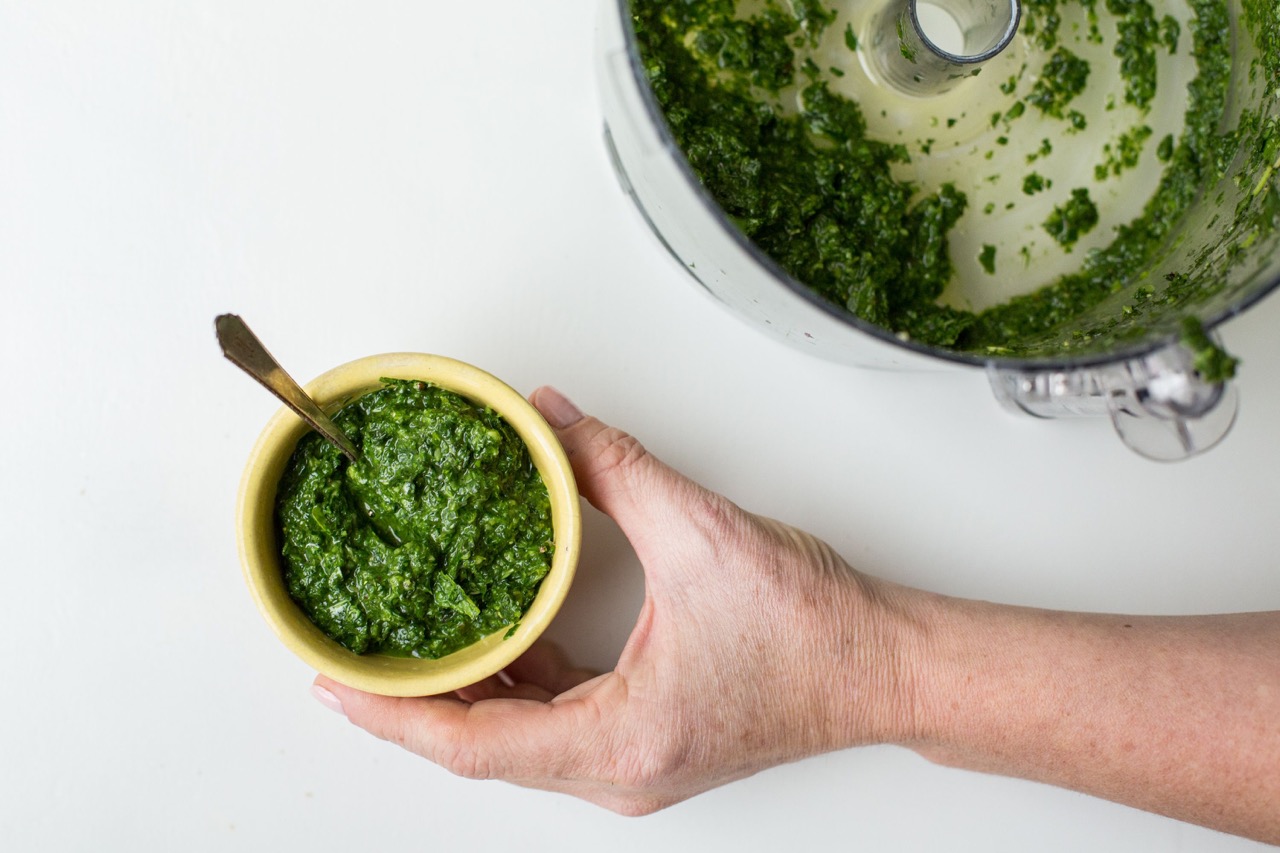
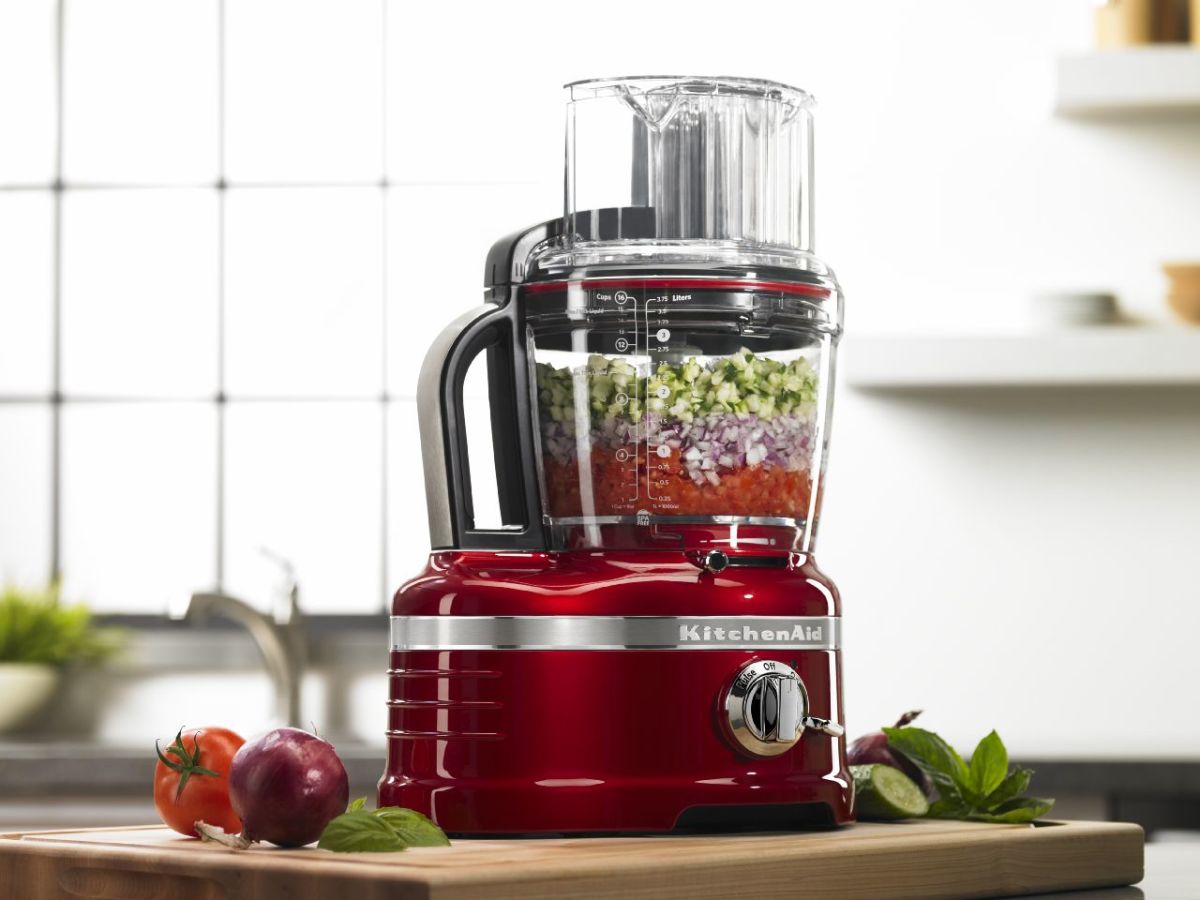
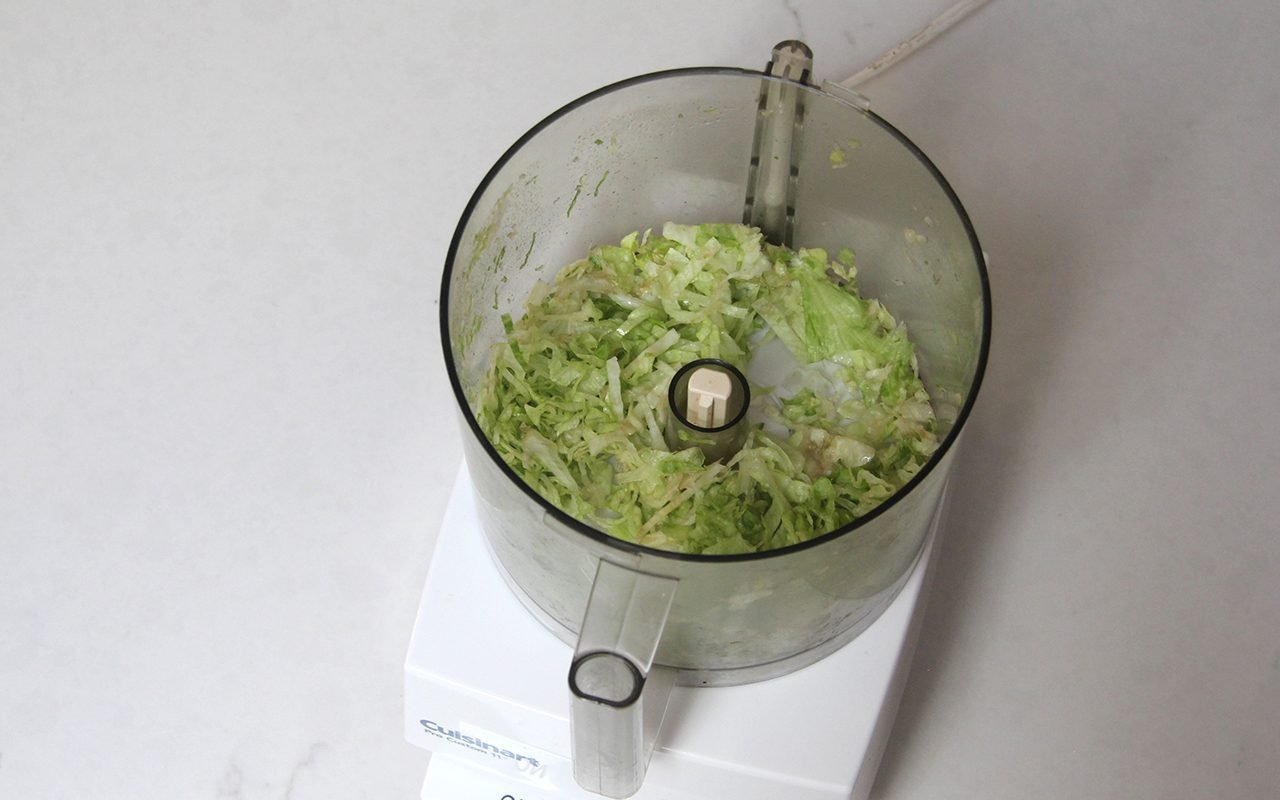
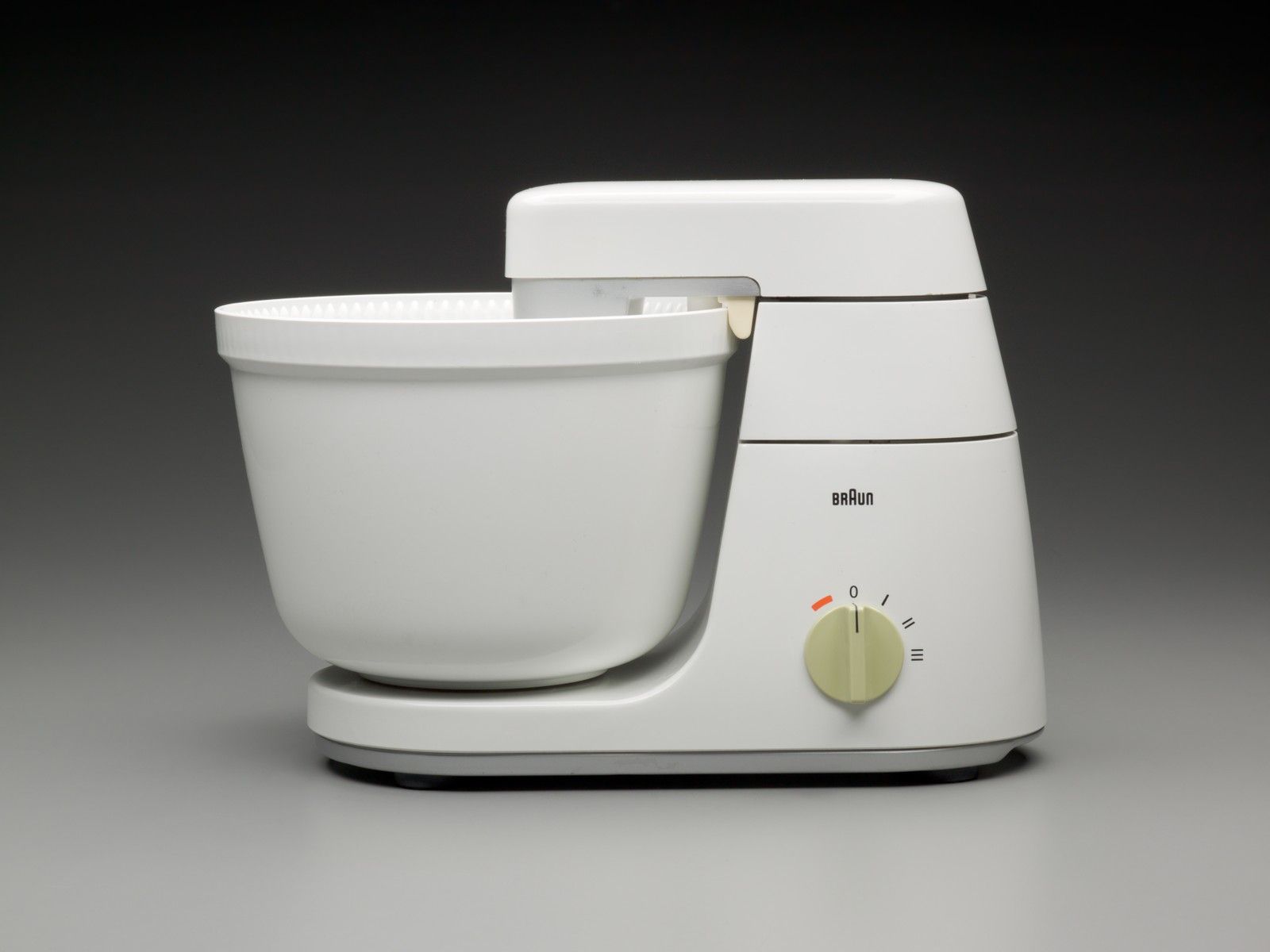
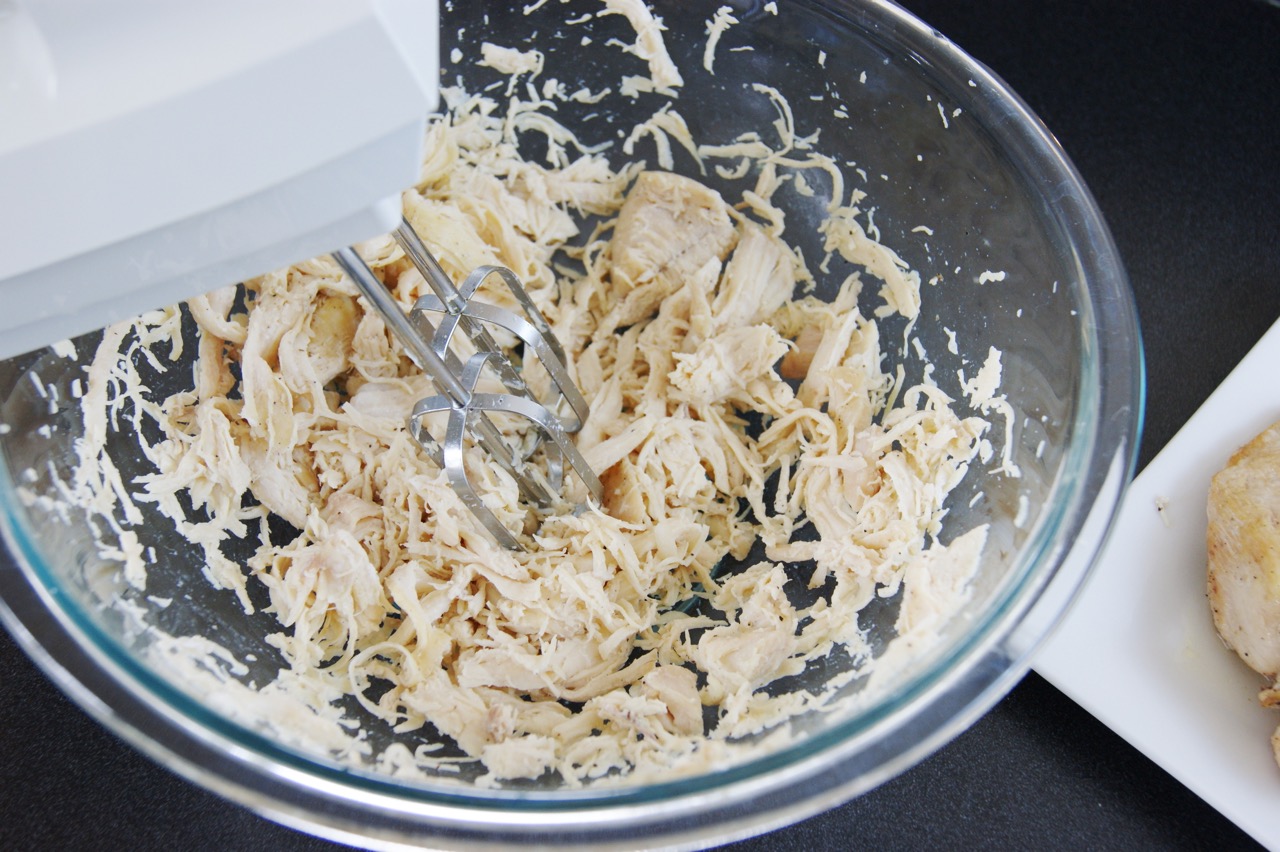
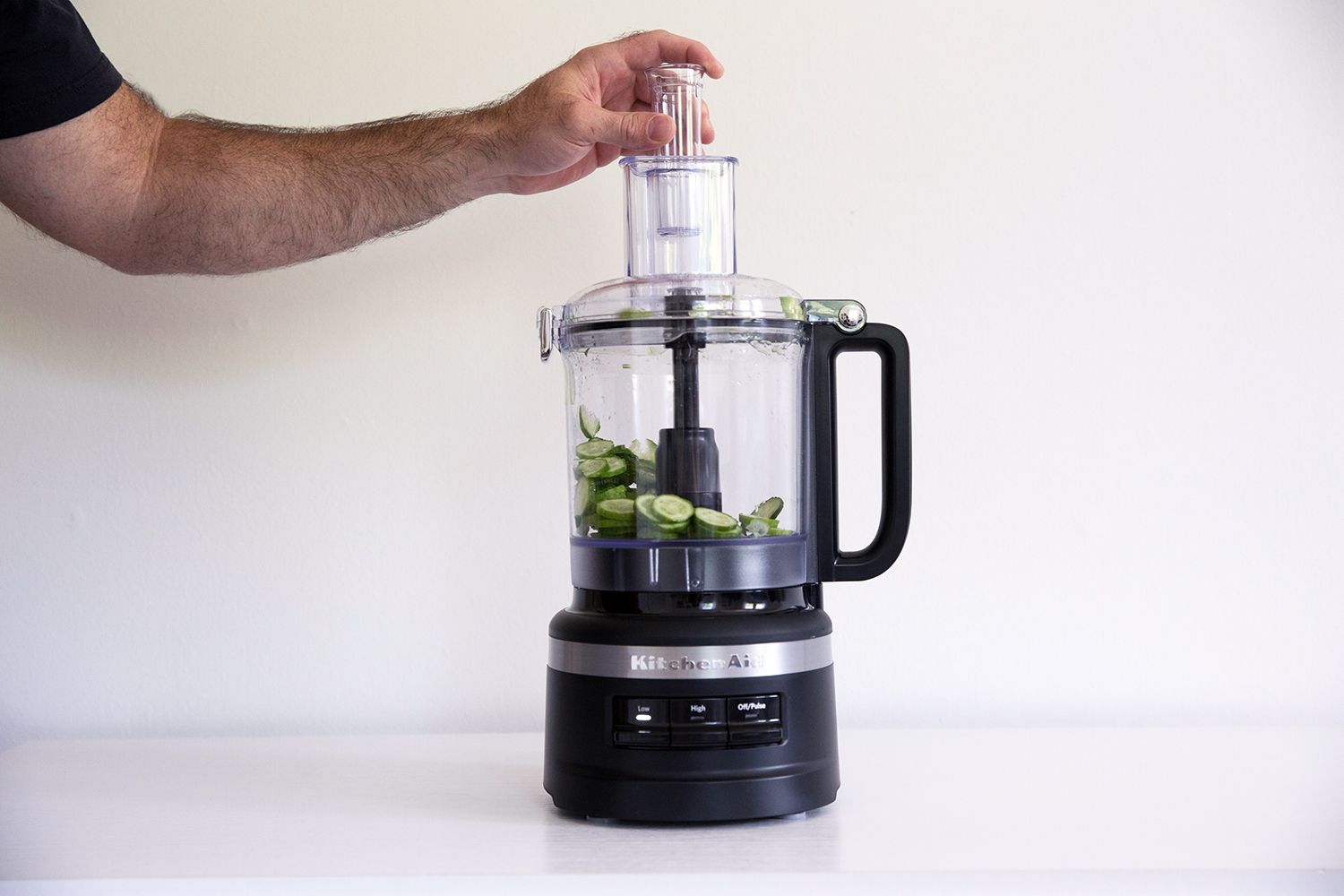

0 thoughts on “How To Dice Vegetables With A Food Processor”